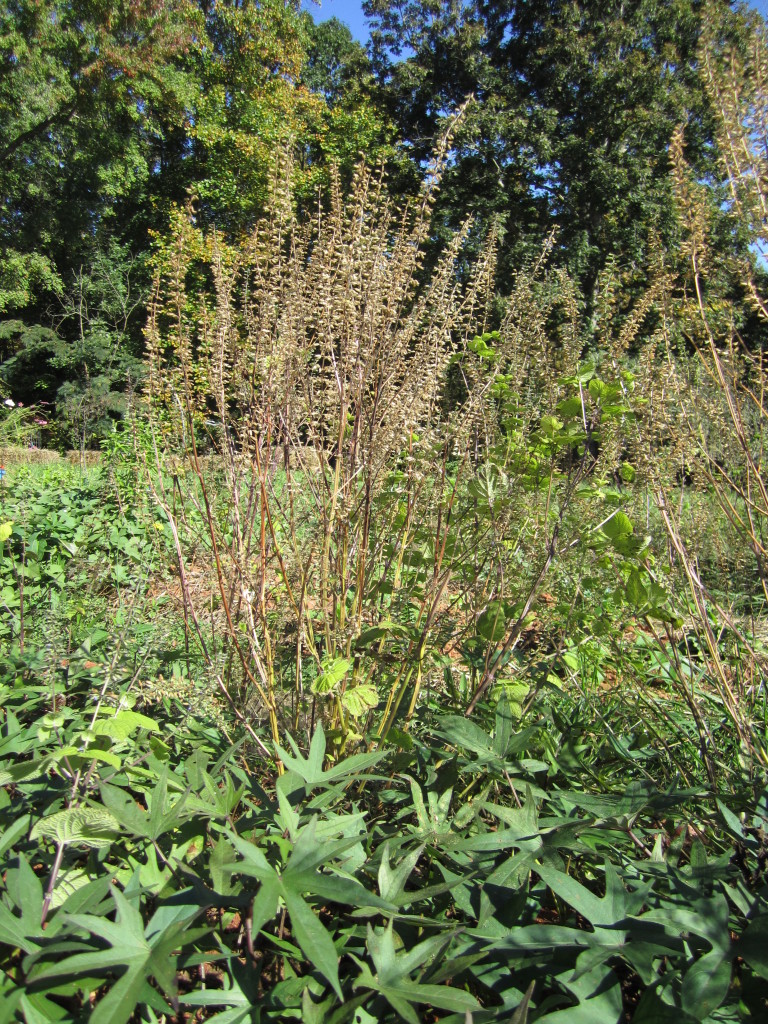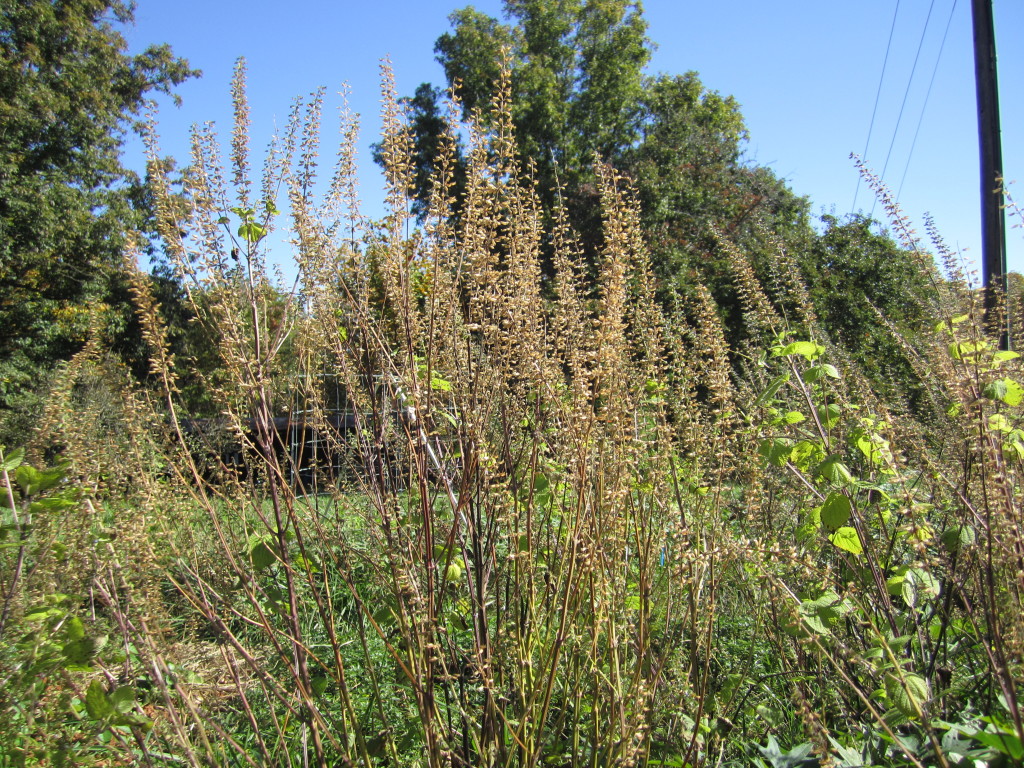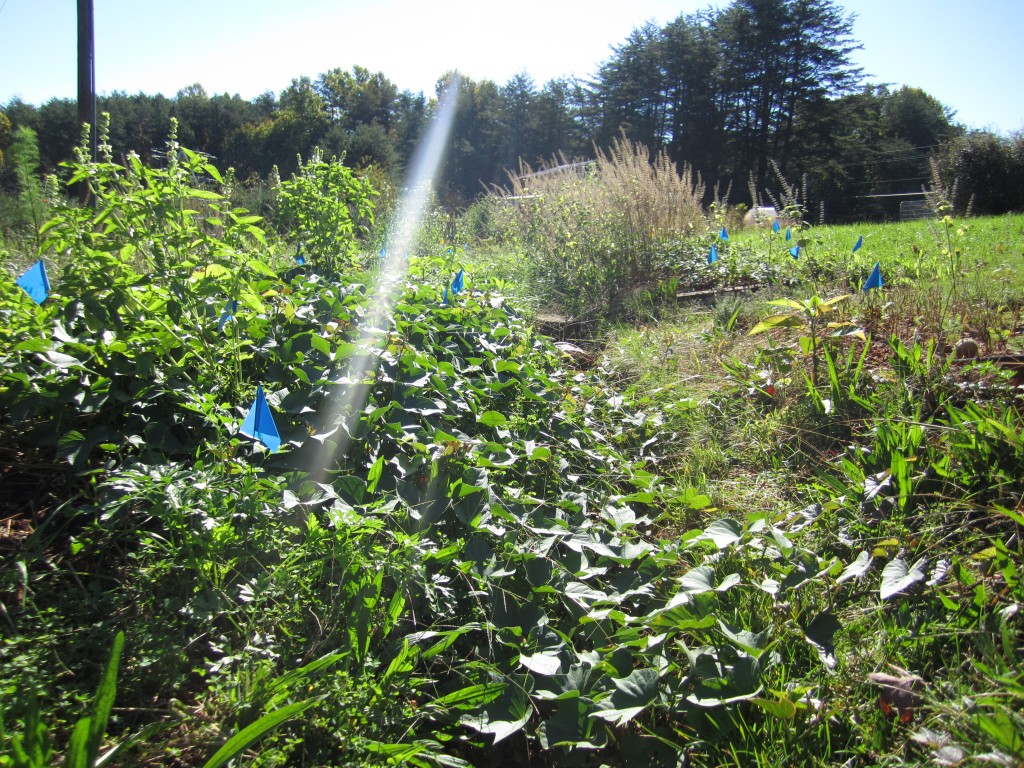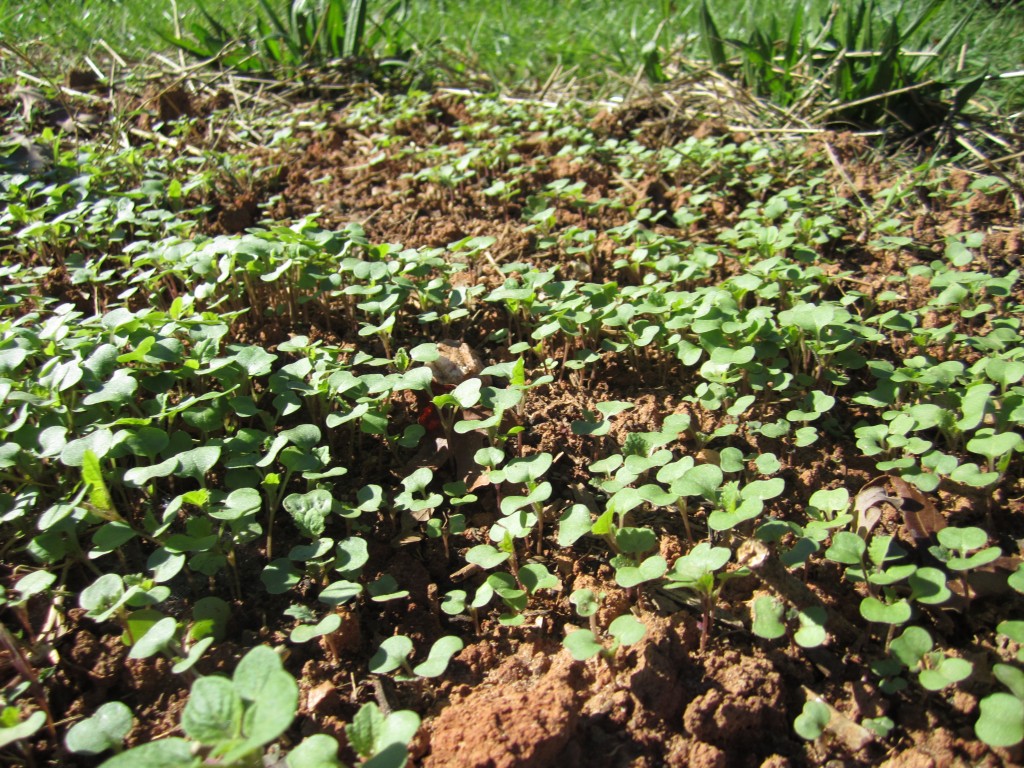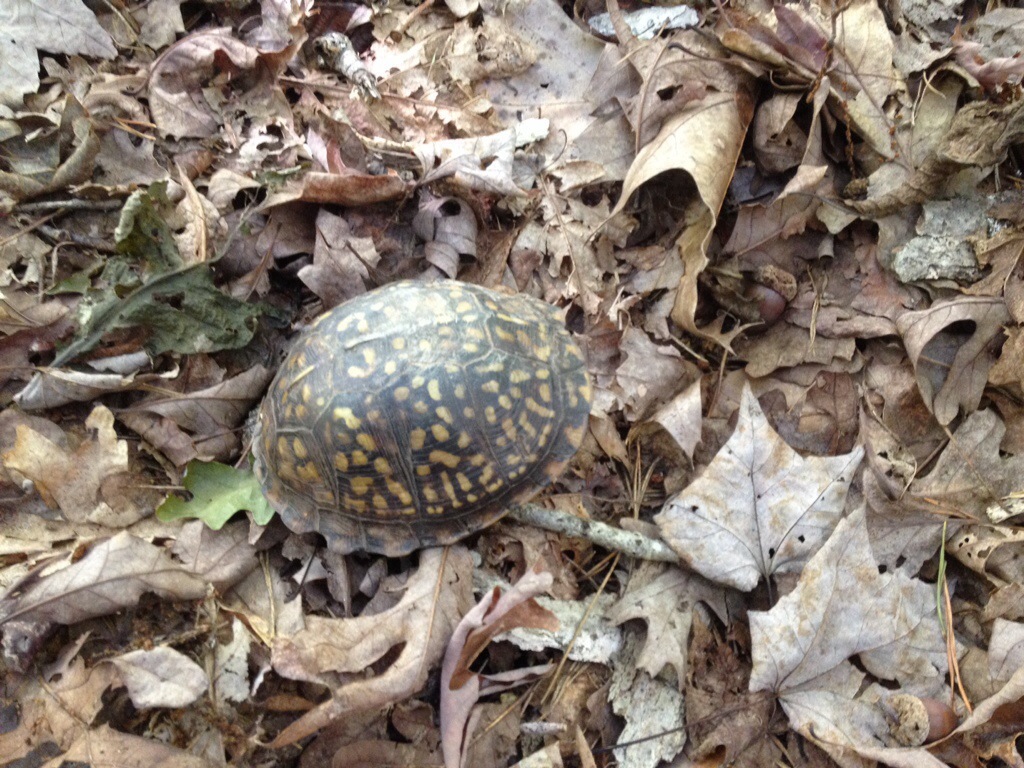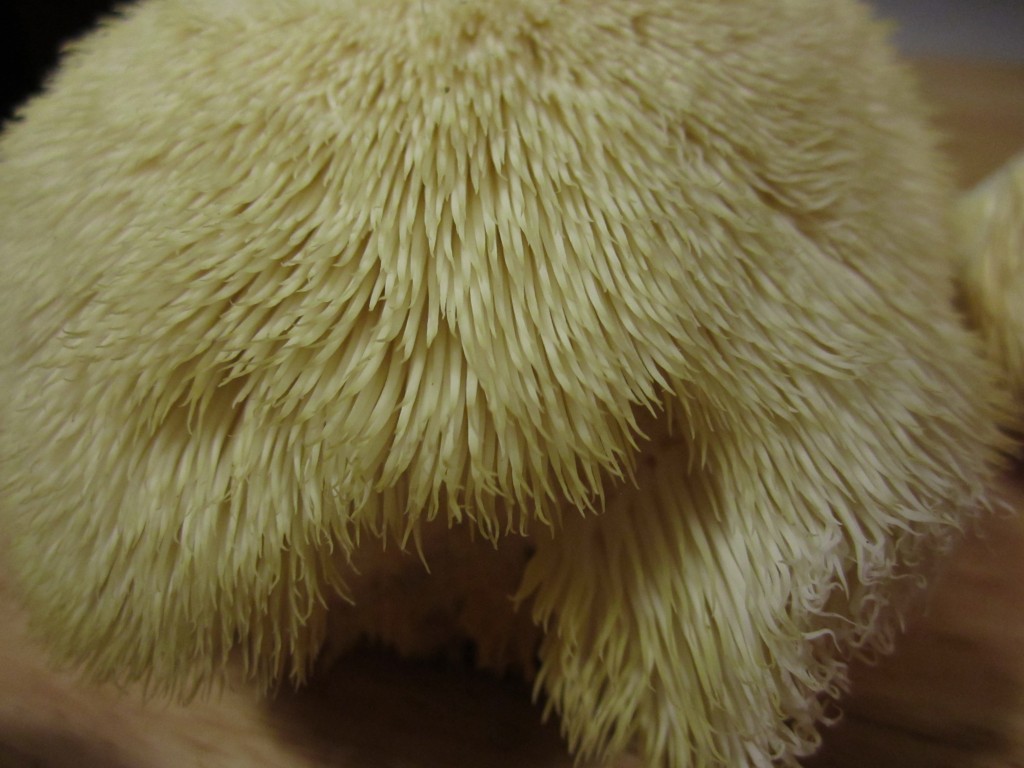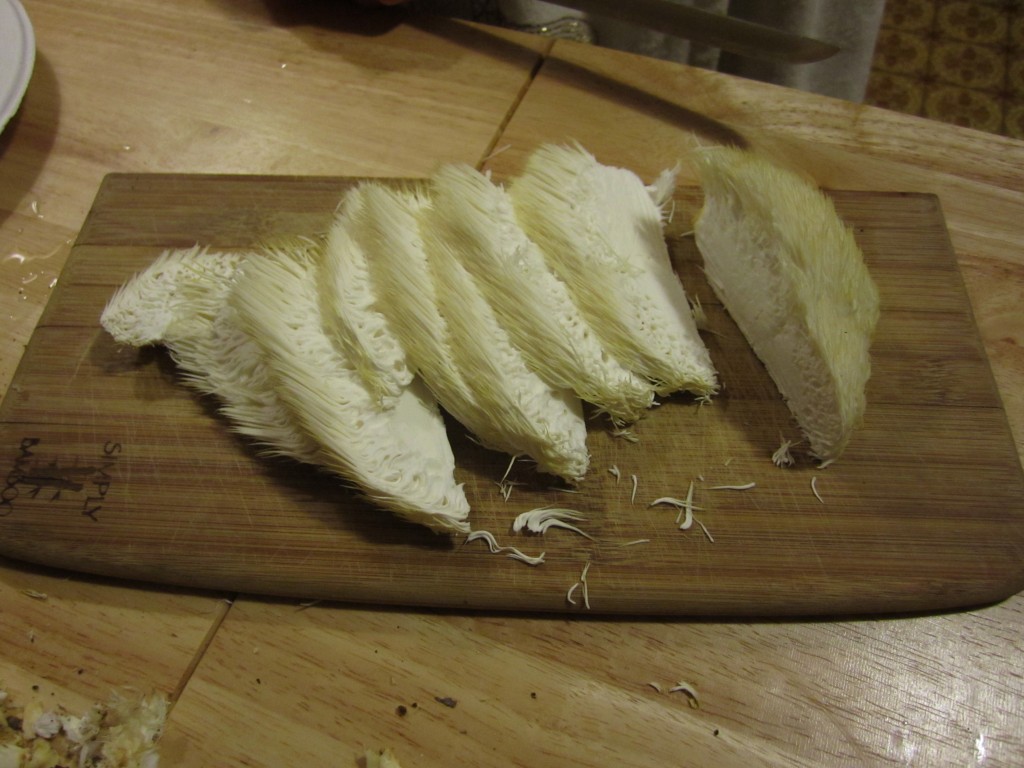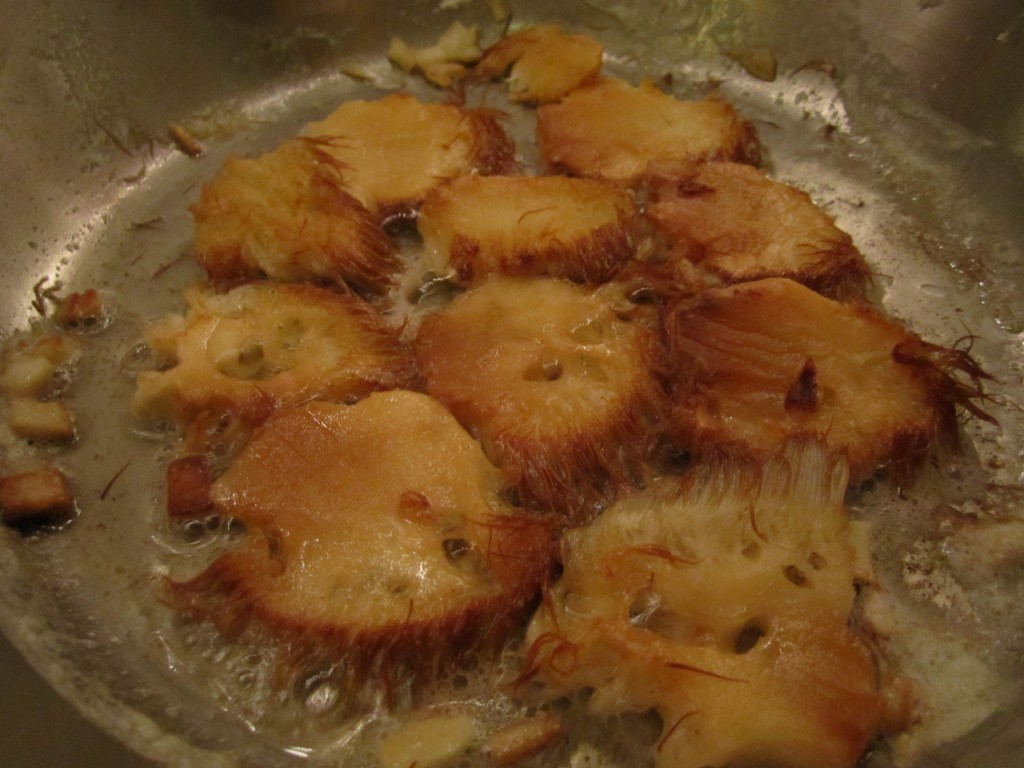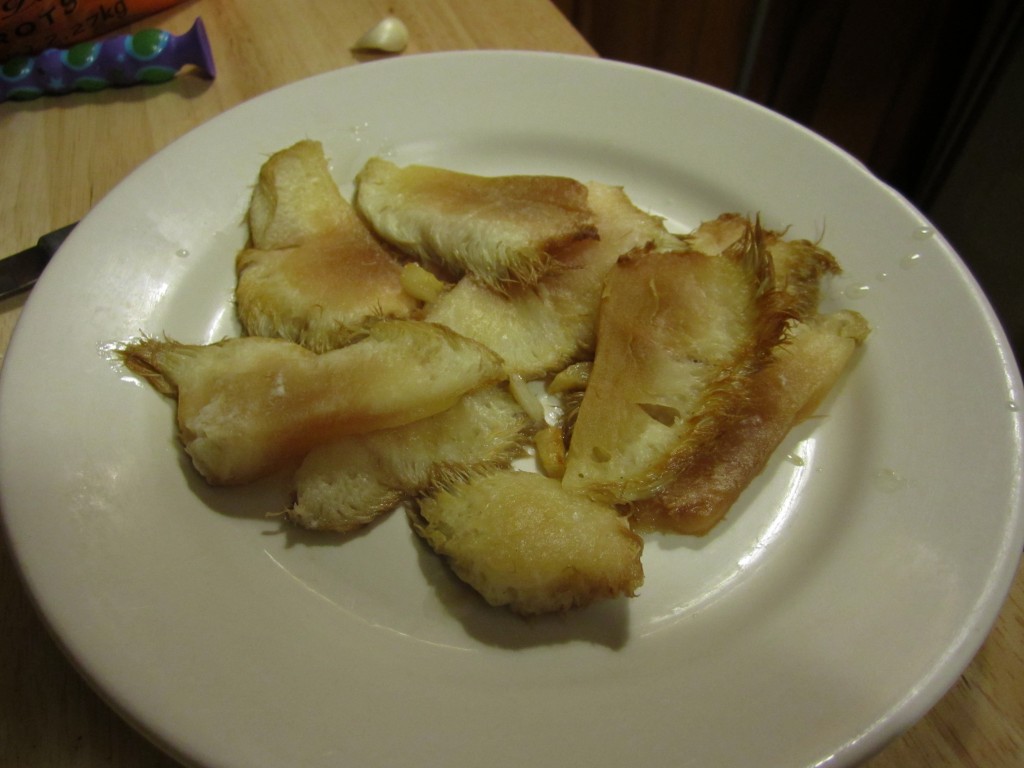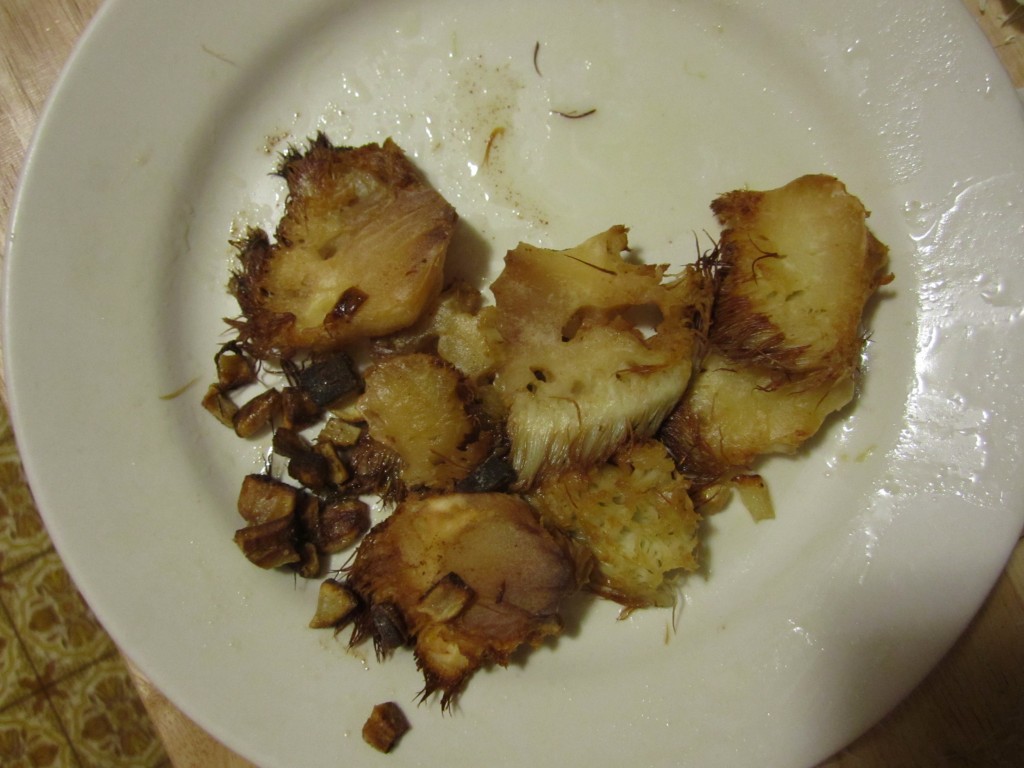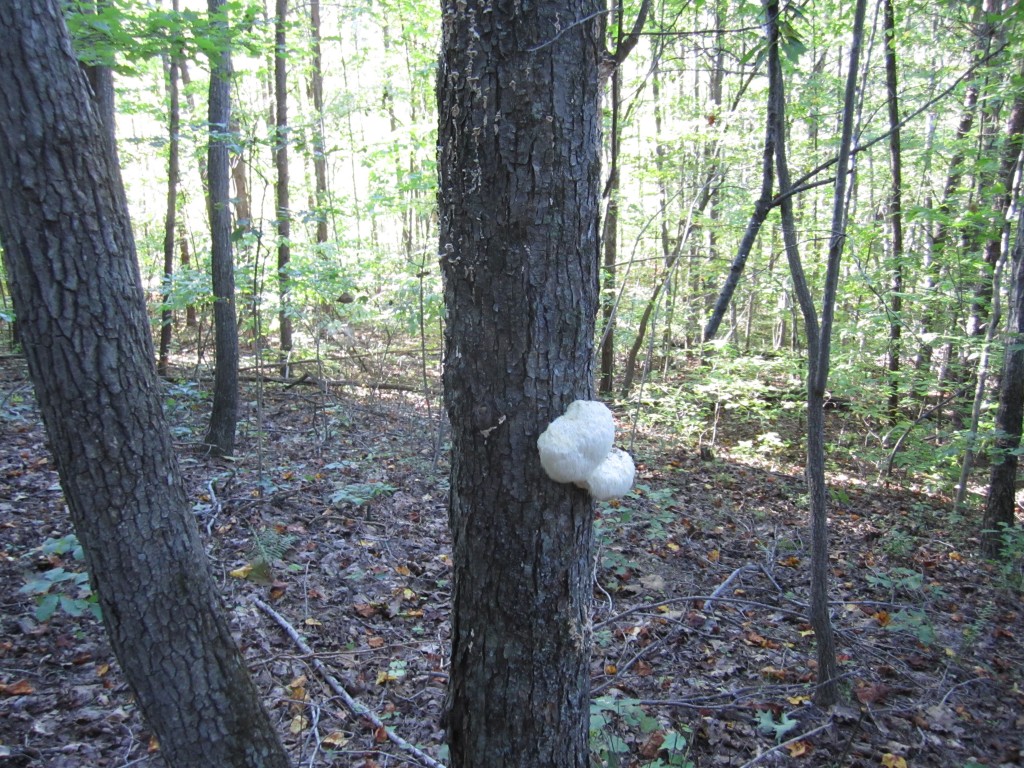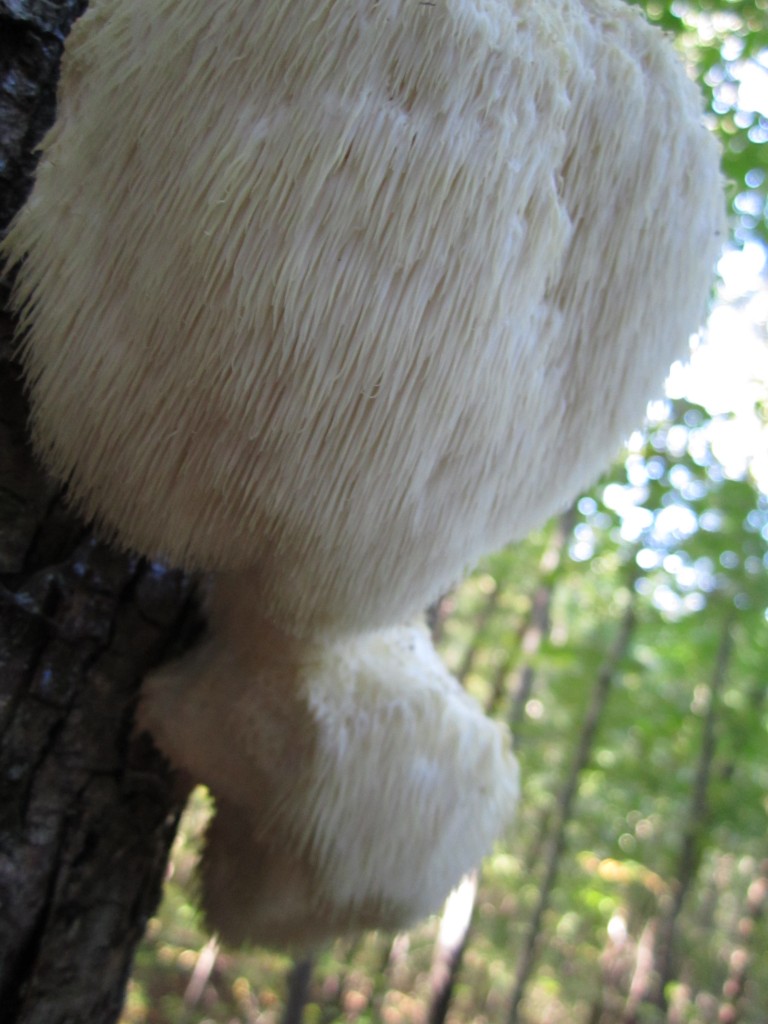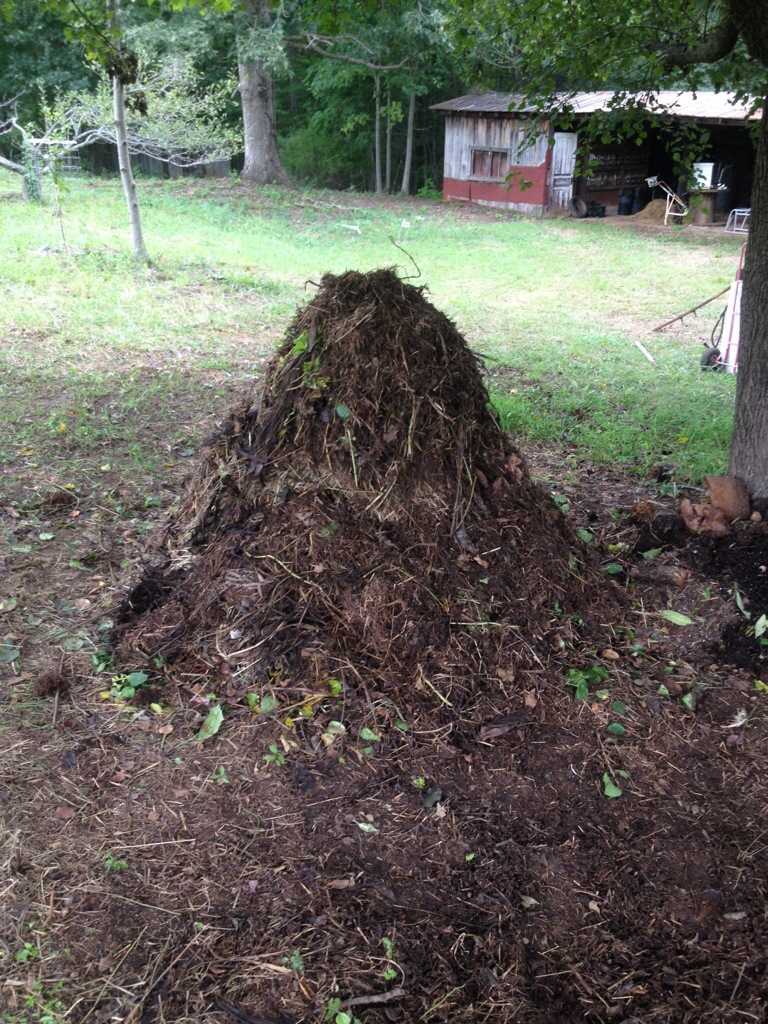In the past week, due to some minor accidents, I had a few chances to try out some herbal remedies. Herbs can provide gentle and effective healing and because they are often easy to grow, they deserve a place on any homestead.
The first incident was brought about by picking up a cast aluminium dutch oven that had been reheating food in the oven. Ouch. It was heavy, hot, and I didn’t drop right away. After running some water over my hand, I snipped off some aloe vera from the plant by our sink, squeezed out the juice, and rubbed it onto my palm. This instantly relieved the burning pain and helped me thin a little clearer.
Aloe is a great plant, it has many uses from sunburn relief to helping improve digestion, and is easily grown as a house plant in a sunny location.
I then went out and picked a large comfrey leaf. Comfrey is probably the best herb when it comes to bone, skin, and tissue regeneration and healing. The chemicals in comfrey are often added to skin care products, but nothing can replicate the healing power of whole leaves.
Emma chopped up the leaf in a small food processor, and then took the half paste, comfrey pesto and applied it to the burn before wrapping a bandage around my palm. I left this on for a few hours, and by morning my hand had no pain, no marks, and I had completely forgotten the burn because my hand was healed.
A few days later, I woke up with a sore and scratchy throat, probably brought on by dehydration. It was pretty uncomfortable, but I turned to our tried and true home cure for sore throats… vitamin c. I prefer vitamin c in powder form, but it also comes in a variety of capsules, pills, and tablets.
Dissolved in a glass of water, it helps to re-hydrate the body, soothe the throat, and increase immune function and healing. Vitamin c has been used for many different treatments, from helping to prevent soreness after strenuous exercise to fighting withdrawal symptoms in heroin addicts.
These 3 natural remedies, aloe, comfrey, and vitamin c, are just things that we have on hand. The aloe and vitamin c are in our kitchen, easily within reach on a day to day basis. The comfrey is growing in a few places on our property, some in the garden, some in the food forest, and soon we will have some growing everywhere as we propagate more.
While herbs are great as first aid, their best use comes from a more holistic approach. By using them daily in cooking and teas, they are able to help our bodies stay strong, and fight off problems before we, or a doctor, can diagnose them. This is the best use of herbs, and the reason we should all try to include them in our lives as many ways as possible.
